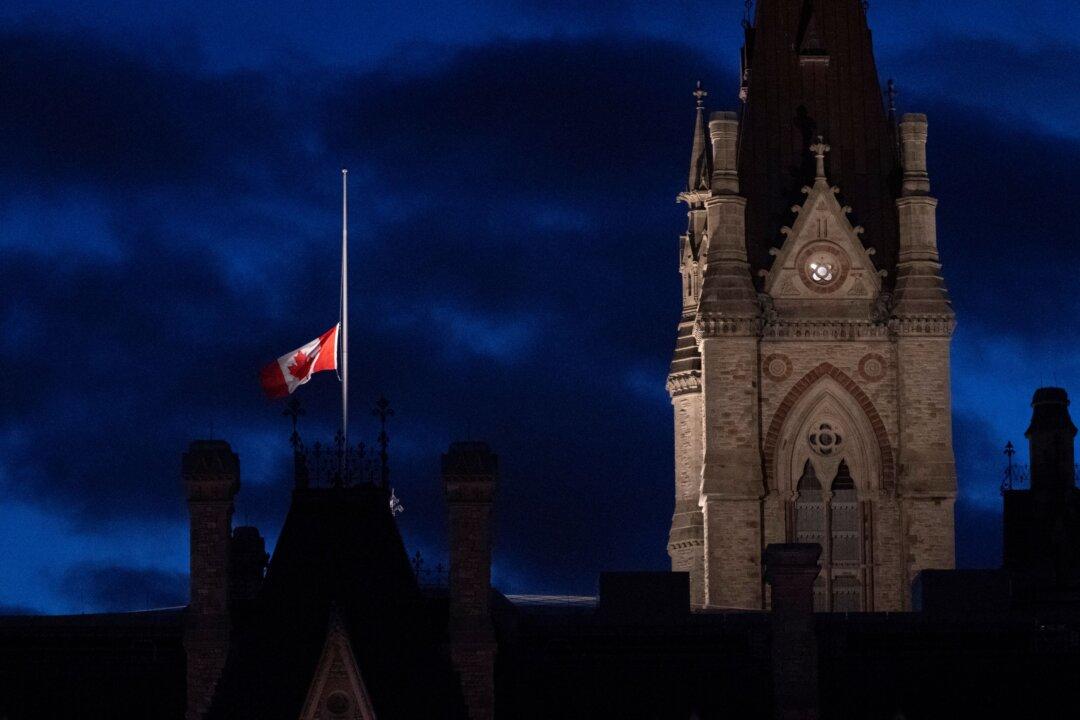Commentary
Sept. 30 will be Canada’s National Day for Truth and Reconciliation. But this year, it should be marked differently. I'll explain.

Sept. 30 will be Canada’s National Day for Truth and Reconciliation. But this year, it should be marked differently. I'll explain.